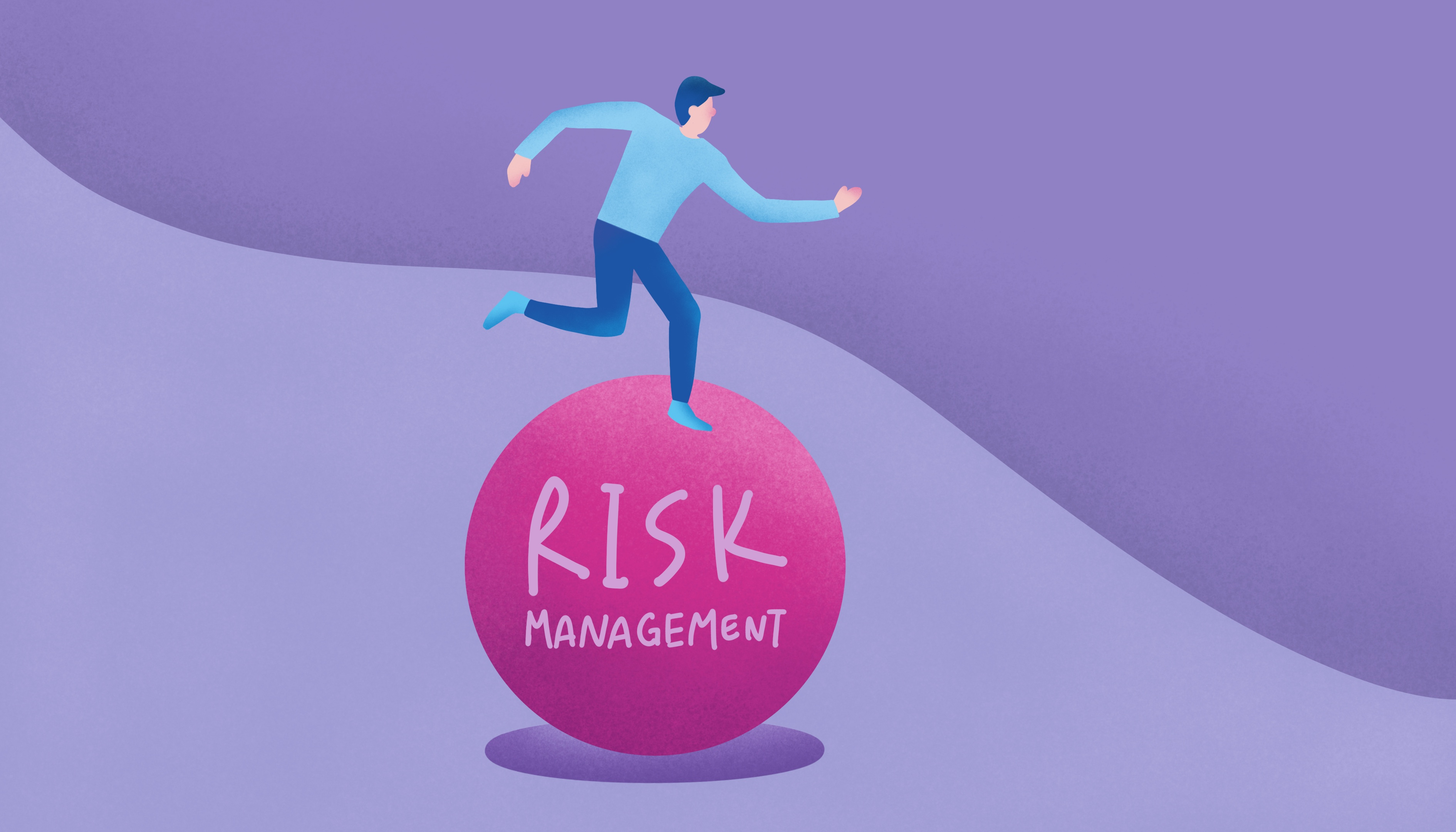Investment Risk Profile: Why Does It Matter?
14 Mar 2022

Investing is just like working out. To achieve your ideal body, you need to find out which type of exercise is best suited for you.
Everybody has different risk tolerance levels, so it is important to find your risk investment profile, see if it fits your current portfolio, and re-evaluate if necessary.
Know your risk tolerance
When we first start investing, we usually think that the most important factor to success is learning how to find good companies. Yes, it’s important, but it’s not all there is to it. Learning how to control risk will make or break how well your portfolio fares.
Imagine you are deciding on which types of investments to choose. How much should you invest? How much returns do you want? How long should you invest for? Do you want stable investments or high risks with high return investments?
Your answers to such questions would determine how well you can manage your risk. But how do you know your risk tolerance level?
Here are some factors to consider.
1. How much you are willing to lose
When investing, only invest with what you’re prepared to lose. Many people forget about this and invest with all their life savings.
Because most investments require your money to be tied up for quite some time, it’s important to keep some cash for the rainy days. Otherwise, it could result in you getting pressured to sell off assets or take loans when there’s an emergency and you can’t easily withdraw your investments.
2. How long you are investing for
We invest to grow our net worth. Ideally, we should be looking at the long term. Yet, we know for a fact that some investors only do short-term investing, and there’s nothing wrong with that. What’s important is you know which of these two paths you’re going to take as well as which strategies would fit your investing outlook.
See also: How Growth Investing Can Be Profitable for Investors
Always the “safer” option, long-term investments give you plenty of time for your investments to appreciate. This means you can go for more risky plays as most investments go up over time.
Short-term investments, on the other hand, are riskier as time is no longer your greatest asset. We can never predict how much our investment would be worth in the near future, making it dependent on luck if you are making money or not.
3. What your current financial situation is
How financially stable you are would influence your risk tolerance level. Always consider the liquidity of the investments you choose according to how flexible your financial situation is.
If you don’t have much extra cash, investing in liquid and low-risk assets would be ideal for you. This ensures that you will never run out of funds in case of emergencies.
If your financial situation is more flexible, you can consider other investment options that are less liquid, as you won’t need the money soon anyway. Generally, investments with high liquidity also tend to generate lower returns. But again, remember to review your financial situation, as you can’t risk having zero cash in your pocket during the rainy days.
From the above factors we mentioned, you must already have a rough idea of what your investment risk profile is. Remember that it varies for everyone, so you can’t just copy what your friend is doing.
Don’t worry, we’ll help you differentiate which investments have low or high risks. You can then re-assess your portfolio by looking at your risk tolerance level side by side with the types of investments you’re interested in.
Understand investment risk levels

You would all be familiar with the terms ‘high-risk high reward’. There’s no real way of measuring how much risk an investment carries; therefore, we calculate investments by their volatility and their odds of succeeding.
High-risk investments can either result in a huge loss or a big profit. On the other hand, low-risk investments would mean lesser profits but a better chance of keeping your money safe.
Here’s a more detailed explanation of these investment risk levels.
High-risk investments
These investments are extremely volatile and the overall market opinion of these investments are all over the place. Because everyone has different views about these investment options, two possibilities may happen – a booming success or a devastating failure.
Such investments include digital assets (cryptocurrencies, NFTs, blockchain companies) as they are still very novel. Forex, hedge funds, and the majority of securities in the stock market are considered highly risky investments, too. Most of these investments can either be classified as ‘new tech’ or ‘unpredictable’.
If your risk tolerance level is high enough, by all means, you can invest in these high-risk investments. Otherwise, consider less risky ones.
Low-risk investments
These investments have relatively lower risk, although their returns are only a few per cent. These investments are ideal for those with low risk tolerance levels, as for them, it’s better safe than sorry.
Low-risk investments include fixed annuities, gold, saving accounts, or ETFs. These are the most stable and safest investments that can protect your money. The only catch, again, is you can’t expect high returns from investing in these instruments.
See also: How to invest your CPF in stocks and gold
It’s not a hard rule to just stick with low-risk investments if you have low risk tolerance or stick with high-risk investments if your investment risk profile is high. You can mix it up, especially if you crave high returns but don’t want to remain in the low-risk investments basket.
To diversify means to have different investments in your portfolio, mixing it with low- and high-risk ones. By diversifying your portfolio, you can create a manageable balance between the pros and cons of each investment.
Not all of us have the same preference when it comes to investments. Although you might prefer reduced risk, others would prefer higher-risk investments.
You should make smart decisions not only when researching which investments to choose but also how your financial situation and risk tolerance would affect the outcome of choosing an investment. Finding out how much time we would spend, our capital and the returns we want are all important factors that contribute to the amount of risk we should take.
To learn more on how to reduce the risk in stock investing, come to our free investment bootcamp.
DISCLAIMER
This article and its contents are provided for information purposes only and do not constitute a recommendation to purchase or sell securities of any of the companies or investments herein described. It is not intended to amount to financial advice on which you should rely.
No representations, warranties, or guarantees, whether expressed or implied, made to the contents in the article is accurate, complete, or up-to-date. Past performance is not indicative nor a guarantee of future returns.
We, 8VI Global Pte Ltd, disclaim any responsibility for any liability, loss, or risk or otherwise, which is incurred as a consequence, directly or indirectly, from the use and application of any of the contents of the article.
